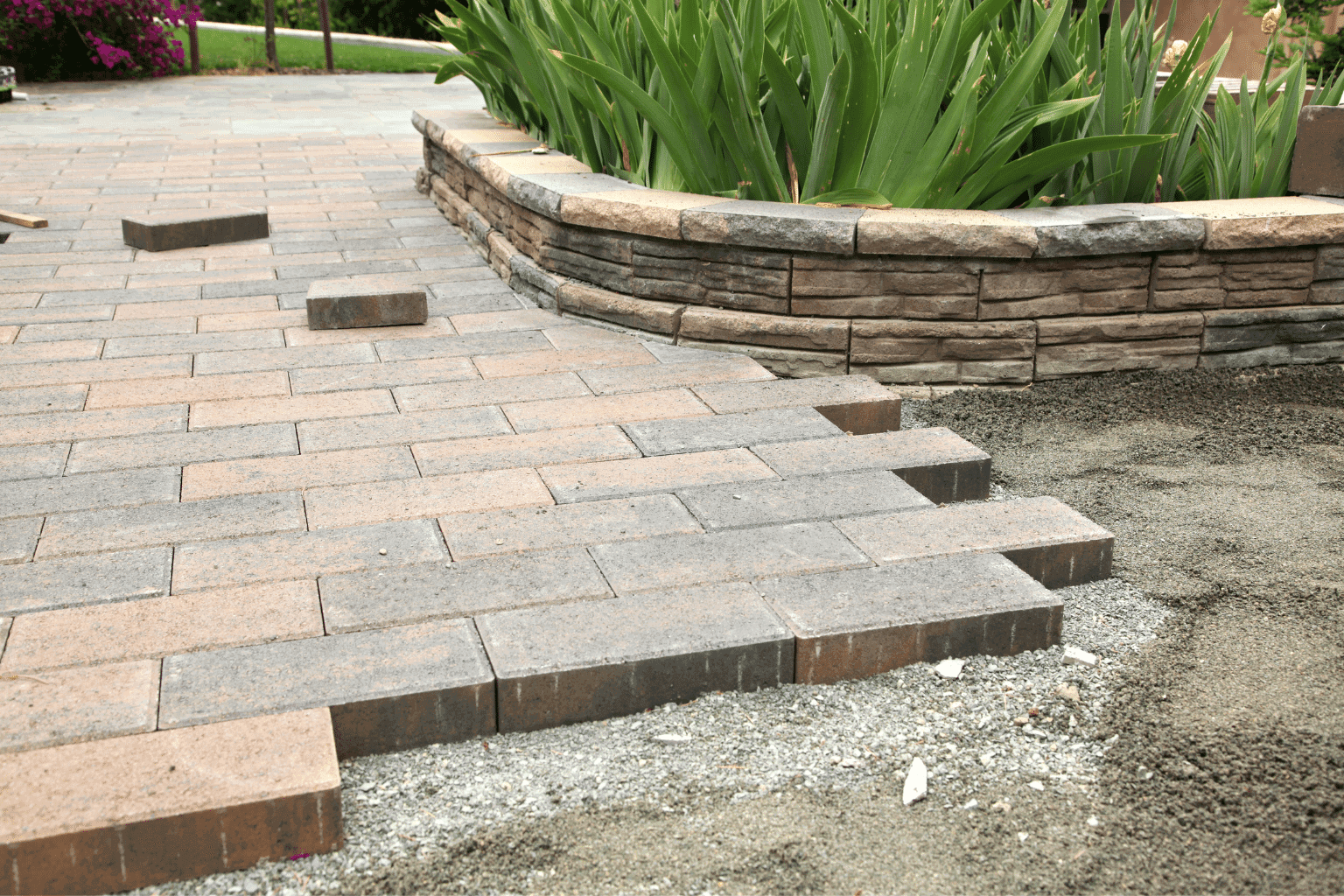Garden Suites: Are they worth it?
Dec. 6
Written By Paige Reiche
A garden suite is a type of dwelling unit located in a residential property's backyard. It is a separate, secondary building on the property. Garden suites are often used as rental properties, offering more privacy and space than traditional apartments or condos. Garden suites can also be used as home offices or guest rooms.
Garden suites are a great way to add extra income without having to sacrifice living space in your main house, like a basement apartment.
Property owners in Toronto now have the opportunity to build garden suites on their properties, as the city council has voted to allow this type of construction in July 2022.
Garden suites provide several benefits for property owners and renters alike, and it is expected that they will become increasingly popular in the coming years. This makes it an excellent investment, as it can increase the value of your property!
Potential Rental Income

When it comes to renting out studio apartments, 1-bedroom apartments, and 2-bedroom apartments, people can expect to make a pretty penny.
Those who are looking to rent out their space long-term can expect to make anywhere from $1,200 to $2,000 per month. Of course, this will depend on the rental property's location, as well as the size and amenities included.
Those looking to rent out their space on a shorter-term basis, such as for vacation rental or corporate housing, can expect to make even more - often upwards of $4,000 per month.
According to airbtics.com:
"There are currently 8,456 Airbnb listings in Toronto, with 39% of entire houses earning up to C$3,834 a month. The Average Occupancy Rate in Toronto is 54%, and the average daily rate is C$170. According to vacation rental market data source Airbtics, a 2-bedroom apartment in Toronto can make up to C$52,925 each year."
Source: https://airbtics.com/airbnb-regulations-in-toronto/
So, whether you're looking to rent out your space for a year or two or you're looking to capitalize on the short-term rental market, there's certainly money to be made.
Popular Platforms For Renting Out
If you're looking for a platform to rent your property, there are a few different options. Airbnb and VRBO are two of the most popular choices, and each has its own advantages.
Airbnb is generally more affordable than VRBO and offers a wider variety of rental properties. VRBO, on the other hand, tends to be more expensive but provides a higher quality selection of rentals.
What Are Key Design items To Include When Renting Out Your Rental Suite
Furnishing a rental suite is all about creating a comfortable and inviting space for guests while also being low-maintenance and durable.
For long-term rentals, choosing furniture that will stand up to repeated use is essential, so look for pieces made from high-quality materials built to last. When it comes to decor, opt for classic pieces that won't go out of style, and be sure to include plenty of storage to help keep the space tidy.
For short-term rentals, it is essential to create a welcoming atmosphere, so consider adding some personal touches like family photos or artwork from local artists. And be sure to stock the kitchen with essentials like coffee, tea, and snacks so that guests feel at home.
By following these simple tips, you can ensure that your rental suite is both inviting and practical.
Construction Costs

When it comes to garden suites, there are a number of factors that can affect the cost. One of the most important is the type of construction used. Siding on a wood frame is usually the most affordable option, while brick veneer or building a basement tend to be more expensive. Additionally, the size and amenities of the suite will also play a role in determining the price.
Here is a general breakdown of cost expectations for different types of construction:
Siding on wood frame: $35-$45 per square foot
Brick veneer on wood frame: $50-$70 per square foot
Basement: $75-$100 per square foot
Of course, these are just ballpark figures. For a more accurate estimate, it is best to consult with a contractor or designer who can take your specific needs into account. For more information on garden suites, check out our blog post "Garden Suites: How much will it cost?".
How To Calculate ROI
One of the most important steps in any remodeling or construction project is calculating the return on investment (ROI). This will help you determine whether the project is worth undertaking and provide useful information for planning purposes.
To calculate ROI for a home renovation project:
1. Determine the square footage of the garden suite.
2. Multiply the square footage by the values listed below:
1. Economy Grade: Siding on Wood Frame, Basic Finishes = $300/sqft
2. Average Grade: Siding on Wood Frame, Mid Range Finishes = $400/sqft
3. Custom Grade: Siding on Wood Frame, High End Finishes =$550/sqft
1. Note: Add $20/sqft for brick veneer and $100/sqft if including a basement
3. Subtract the initial construction cost from its final value, then divide this new number by the cost of the investment. Finally, multiply it by 100.
4. Divide the project's total cost by the estimated increase in value of the home to get the ROI.
For example, if the project's total cost is $200,000 and the estimated home value increase is $300,000, you would subtract $200,000 from $300,000 which gives you $100,000. Then, divide $100,000 by $200,000 to give you the ROI, in this case it is 0.5 or times 100 = 50%.
Calculator.net has a great Rental Property Calculator that includes your operating expenses, loan terms, and rental income. You can check it out here.
If your number is positive, i.e. above zero, then you will be in the black (profitable). If your number is negative, then you will be in the red (not profitable).
With a clear understanding of the project's costs and benefits, you will be in a better position to make an informed decision about whether to proceed.
Story Time
Even an experienced designer can’t predict the unpredictable. There have been rare times when the past has come back to haunt. One of our clients wanted to insulate their existing enclosed porch.
However, through the permit process it was discovered that the enclosure was built without a permit. The enclosed porch was built decades before they even bought the house. Despite this, the city still needed the Committee’s approval before they could do their interior renovations.
To learn more about what’s involved with Committee of Adjustments and how to win over your neighbours and get approval, check out our article here.
Other Permits
Toronto’s building department has several internal permit requirements. If you’re adding a bathroom, addition, or underpinning, you are going to need more than just a building permit. For low residential, you may need permits for demolition, HVAC, plumbing, or drainage. Luckily, these can all be applied for at the same time for a quicker permitting process.
External Permits
There are other externals permits that should also be considered when looking at your construction start date. You may need a Transportation Encroachment Permit if you’re building close to a highway. You could need
Toronto and Region Conservation Authority
(TRCA) to approve your design if it’s within a flood zone or near a ravine..
Toronto’s Expected Growth and Current Housing Crisis
Toronto is expected to grow significantly in the coming years, and this growth will put a strain on the city's already limited housing supply
The problem is compounded by the fact that Toronto's population is becoming increasingly urbanized, with more people living in high-rise apartments and fewer living in single-family homes. This trend is likely to continue as more people move to the city for work and leisure.
As a result, the demand for housing in Toronto is expected to outpace the supply in the near future. This could lead to higher rents, home prices, and longer waitlists for social housing.
The city is currently working on a plan to address this issue, but it will be challenging to keep up with the demand for housing as Toronto continues to grow.
How Long Does It Take To Get A Permit
The answer to this question depends on several factors, including whether or not you need planning approval and whether or not you comply with all zoning requirements.
If you only need a building permit and you comply with all by-law requirements, the process usually takes about three months. However, if you need planning approval, the process can take up to eight months.
Zoning requirements vary depending on the location of your property, but they typically include restrictions on height, side yard setbacks, total square footage, lot coverage, and landscaping.
By understanding the permitting process and ensuring that you meet all requirements, you can help to ensure a smooth and timely approval process
Government Loan: What is the loan, and how does it affect the rent
A loan is a debt that must be repaid with interest. The rent is the amount that must be paid each month to live in a particular residence. The two are not directly related, but a loan's terms can affect the rent amount that must be paid each month.
For example, a long-term loan with a low-interest rate may result in lower monthly payments, making it easier and quicker to cash flow. Similarly, a short-term loan with a high-interest rate may result in higher monthly payments, increasing how long it will take for you to cash flow.
The terms of a loan should be considered carefully before signing any agreement.
The Garden Suite Loan Program in Toronto
Toronto is one of the many cities in North America encouraging the development of laneway and garden suites. Two new programs have been established to help make this process easier for eligible property owners.
One of them offers funding in the form of a forgivable loan of up to $50,000 for eligible property owners developing a laneway or garden suite. The loan will be forgiven over 15 years from the date when the first occupancy permit is issued for the suite. However there is a catch if you sign up for the loan. The rent you can charge is capped for 15 years by the Average Market Rent, which varies depending on how many bedrooms you have. You can view Toronto’s monthly rent chart here.
Even with the rent cap, this program is a great way to help offset some of the costs associated with building a laneway or garden suite, making it more affordable..
If you are interested to know more about these programs, you can find more information on the City of Toronto website
here.
Conclusion
In order to build a garden suite, one must go through the permitting process. The permitting process can take anywhere from three to eight months, depending on whether or not you need a COA. It's important to be aware of these timelines when planning your construction project.
Garden suites are a great way to invest in rental income while providing extra space for your extended family or out-of-town guests. With careful planning and execution, you can maximize your return on investment and have a suite that provides passive income for years to come.
Contact us today to inquire about becoming our client – we would love to help you get started on your garden suite journey!

